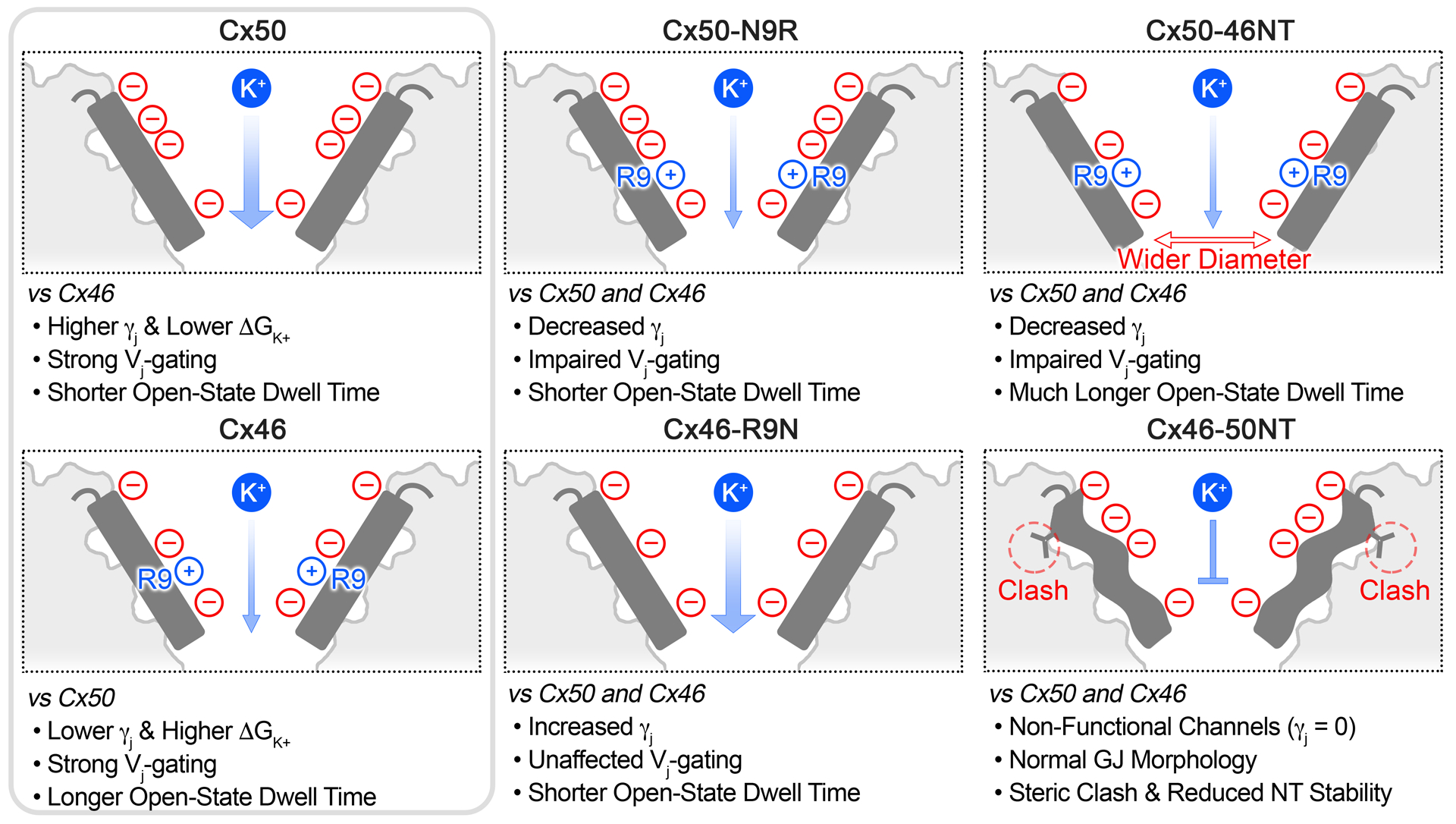Fig. 8. Overview of significant structural and functional differences between Cx50, Cx46 and NT domain variants.

Cartoon illustrating the NT domain regions (shown in dark grey) and structural and/or functional differences between Cx50, Cx46 and the designed variants for this study. Locations of negatively charged residues (red circles) and positively charged R9 residue (blue circles) are indicated (see for comparison Fig. 1b). The relative permeabilities to the major permeant ion (K+) is indicated by the width of the blue arrow, where Cx50 displays a higher unitary conductance and lower ΔGK+, as compared to Cx46. Both wildtype GJs displayed strong Vj-gating. The single point variants, Cx50-N9R and Cx46-R9N, produced channels with γjs that were augmented by adding or removing the positively charged R9 position, although these variants affected Vj-gating and open state dwell times differently. The Cx50-46NT chimera displayed remarkably long open state dwell times and impaired Vj sensitivity, as compared to wildtype GJs, which correlated with a tighter packing of the NT domain to TM2 resulting in a wider pore radius compared to Cx46 or Cx50 following MD simulation. The Cx46-50NT construct formed morphological GJs, but these channels were non-functional. The loss of channel activity for this construct is proposed to be due to a steric clash that is introduced between V14 and T89 and reduced stability of the NT domain observed by MD simulation (indicated by the wavy NT domain in the illustration).
